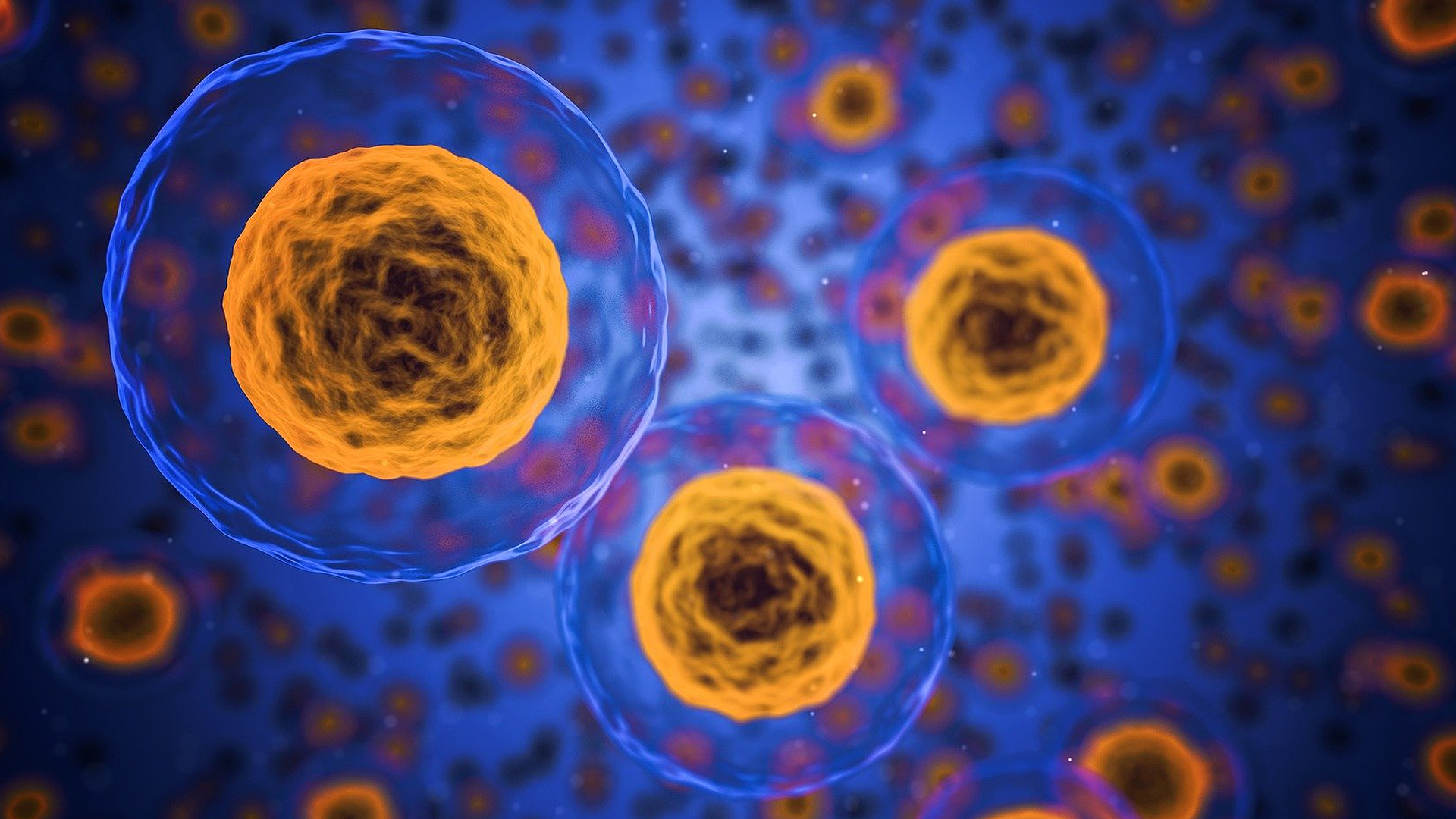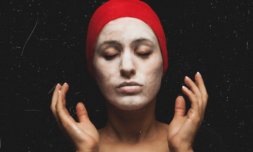A breakthrough in medicine, skin-care, and anti-ageing research could be on the horizon: 53-year-old woman’s skin cells have been altered to look and behave like those of a 23-year-old.
Scientists in Cambridge have stunned the medical community by altering the skin cells of a 53-year-old woman to the equivalent of someone almost half her age.
Their strategy was developed from the cloning technique used to create Dolly the sheep in 1996. Researchers at Scotland’s Roslin Institute developed a method for turning a mammary gland cell from an adult sheep into an embryo. Dolly was the first mammal to be successfully cloned from another.
Medics believe the same rejuvenation could be used to target other areas of the body, ultimately treating age-related diseases such as diabetes, heart diseases, and neurological disorders.
Head of the team who developed the ground-breaking renewal process, Professor Wolf Reik, stated ‘We have been dreaming about this kind of thing. Many common diseases get worse with age and to think about helping people in this way is super exciting’.
The technique cannot be immediately introduced into clinics as the process increases risk of cancers. However Prof Reik remains positive that the breakthrough will lead to safer, more effective methods being developed.
The main goal of the experiment, Reik states, is to ‘extend the human health span, rather than the lifespan, so people can get older in a healthier way’.
But this focus on health has been lost on many members of the public. Netizen’s took to social media last week to denounce coverage of the procedure by BBC News, claiming it fuelled an ageist narrative.




















